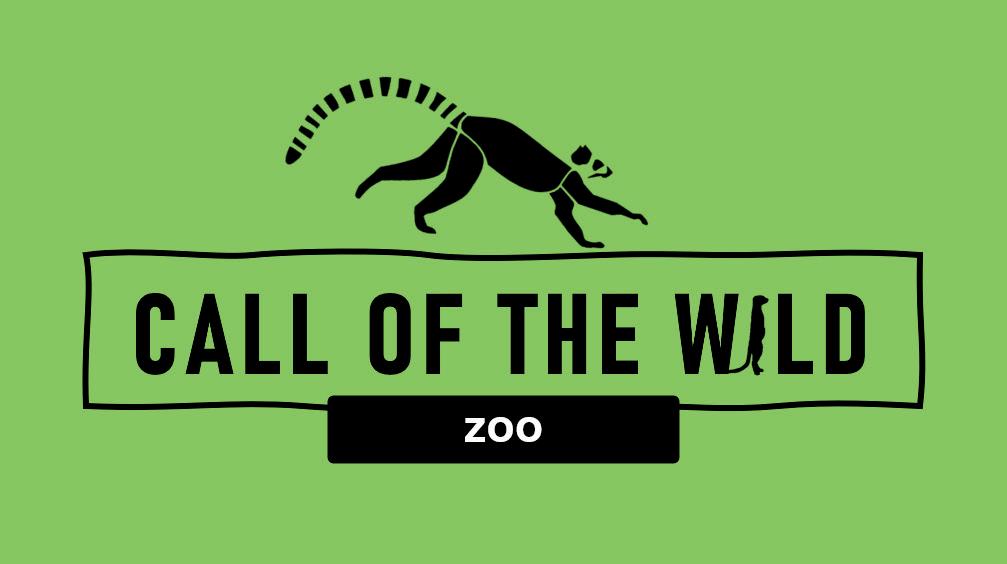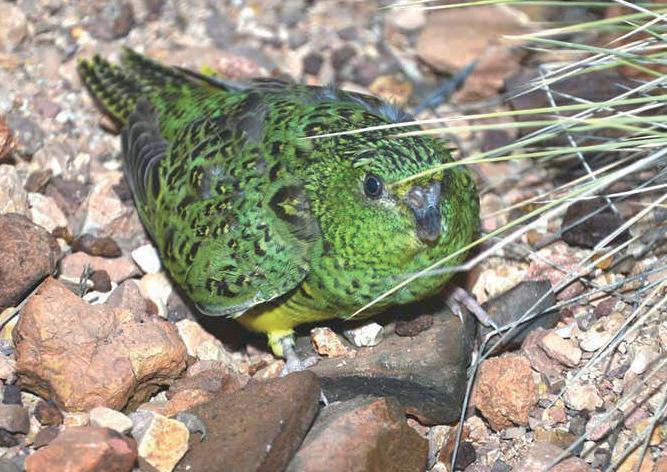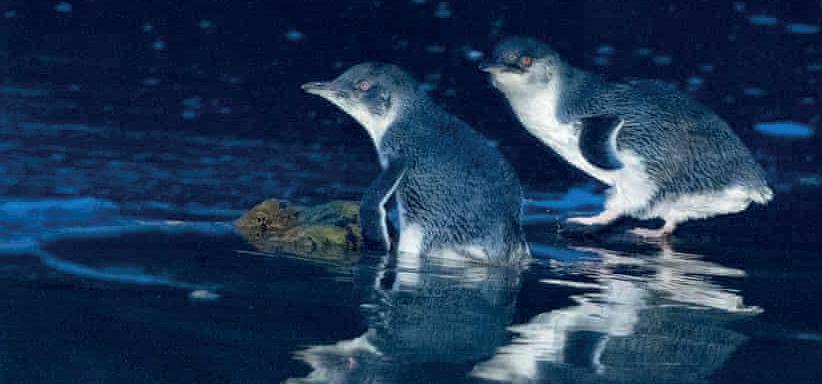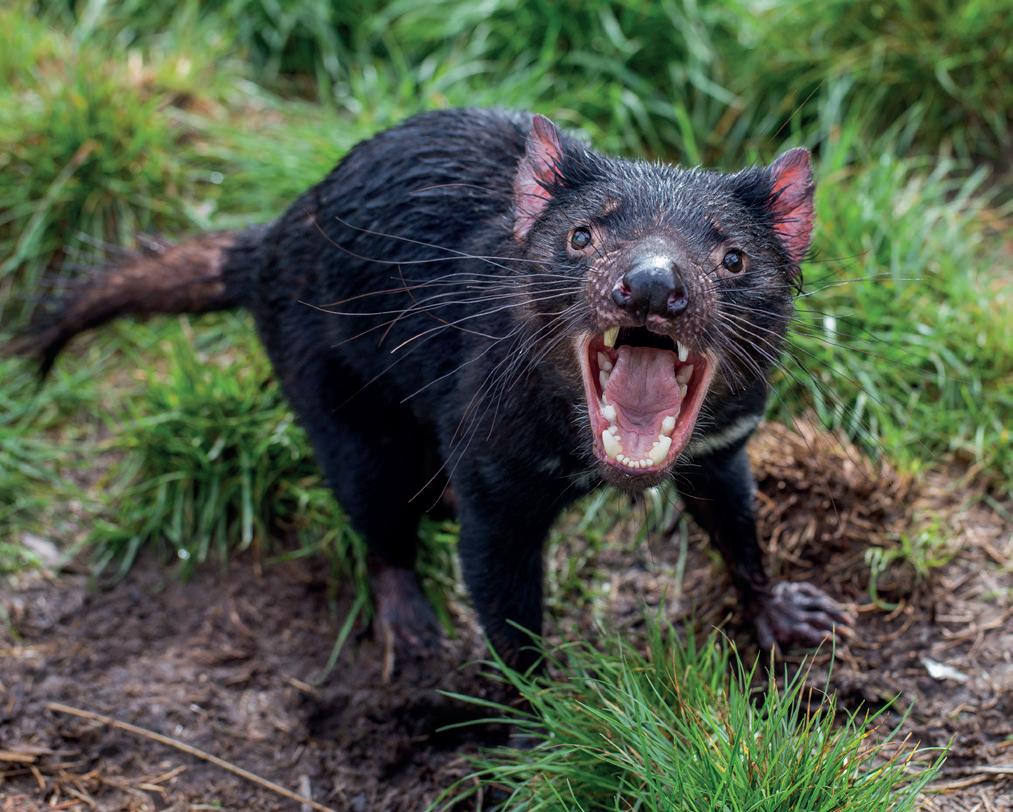
4 minute read
EXOTICS NEWS
The latest from the world of exotic pet keeping
Call of the Wild Zoological Park
Advertisement
On the site of the former Tropical Wings Zoo at South Woodham Ferrers in Essex, this new collection, run by ex-Colchester Zoo keeper Ryan Shorter, will be opening in the spring of 2022, after his initial plans at another local site fell through. Re-building and restoration work is currently taking place, to work towards obtaining a new licence. In addition a new website is currently under development.
ZSL London Zoo
After 53 years at the zoo keeper Jeff Nicklin retired on 8th June. The new Galapagos tortoise island enclosure is planned to open in mid-August. The three resident females; “Polly”, “Dolly” and “Priscilla” will have a choice of two pools, a mud wallow and a tropical forest area to enjoy.
Zoo-Bred Turtles Released
Zoo Wroclaw, in Poland have taken part in the first ever release of captive-bred critically endangered Palawan forest turtles (Siebenrockiella leytensis). Two turtles have been released in a protected area of the Philippines in conjunction with the Katala Foundation and the Palawan freshwater turtle conservation programme.
Rare Kingfisher Success
A third Micronesian kingfisher has hatched this year at San Antonio Zoo in the USA, which is a tremendous success in aiding the conservation of these “extinct in the wild” birds.
New Parrot Population
John Young, arguably Australia’s premier field ornithologist, is currently on his latest expedition, continuing to search the remote outback, as he has done for the last 40 years.
On the evening of Tuesday June 15th 2021, he found a new population of the critically endangered night parrot (Pezoporus occidentalis) at an entirely new site. Two birds were heard calling to each other, so are likely to be breeding, with an initial estimate of four pairs in the general area. had a detrimental effect on the resident groundnesting bird populations. Originally the island supported 3,000 breeding pairs of the little blue or fairy penguin and a breeding population of the short-tailed shearwater.
In May 2013 John Young found and photographed the first ever live night parrot for over 100 years.

His ground-breaking discovery led directly to the establishment of the 60,000 hectares ‘Pullen Pullen’ Reserve in SW Queensland, where most encouragingly, the estimated population has been revised upwards to between 30-100 birds. The presence of Night Parrots has also been confirmed at the adjacent Diamantina National Park. However, the scientific report, produced on behalf of the privatelyowned NGO, Australian Wildlife Conservancy (AWC) and based on Young’s original field surveys, has not yet been released to the wider ornithological world.
Other Night Parrots have also been found at around six other suitable sites across Australia since 2013 and hopefully more locations will come to light in the coming years. The current IUCN Red List estimates a population of 50-249 individuals. Effective management practices, such as predator control of feral cats, removal of stock fences and other conservation initiatives, have already been implemented at Pullen Pullen reserve.

The growing Tasmanian devil population has now caused a “catastrophic ecological impact” according to recent surveys there are no little blue penguins left on the island, the devils have completely wiped out this endemic bird. Similarly the short-tailed shearwater population has dramatically decreased according to research carried out last year. In addition there are concerns that the normally ground-nesting Cape Barren goose is being forced to try to nest in trees due to the Tasmanian devils activities. The devils are natural burrowers and this digging behaviour obviously disrupts all ground-dwelling/nesting birds hence why the penguins and shearwaters have been so badly affected.
Disaster on Maria Island
Across the years of 2012 and 2013 a total of 28 Tasmanian devils were released on Maria Island, a 116 square kilometre island east of Tasmania, in an effort to boost numbers of the dwindling Tasmanian devil (due to the spread of the deadly facial tumour disease). But by 2016 the population of devils had increased to about 100 animals, which in turn, has

Apple Snails Return
Back in November 2012 the popular apple snail (Pomacea sp) was banned in the UK as it was listed as an “invasive species” and was featured on the list of regulated pest species. Of course in warmer countries of the world the species is still a major problem, but here in the UK they are unlikely to survive and replicate in our colder winters to the same extent.
Thankfully common-sense has since prevailed. The EU legislation was translated into GB law, and earlier in the year the Defra Plant Health team decided to remove the species from the regulated pest list as they are no longer considered a pest in the UK. Now the species is legal to keep once again in the UK (although still not in Northern Ireland due to Brexit) and is becoming available in aquarium outlets once again.
New Beetle Found in Fossilized Dinosaur Faeces
For the first time, scientists have found a new species in an unusual place: the fossilized poop of a dinosaur ancestor. Found whole and remarkably intact, the 230-million-year-old beetle, named Triamyxa coprolithica, is the first insect to be scientifically described from fossilized faeces, also known as coprolites.
“This is very exciting research,” says Spencer Lucas, a paleontologist at the New Mexico Museum of Natural History and Science, who was not involved in the work. “This study is cutting edge and explores a whole new area of paleontology that has only been understood in the last decade.”
Coprolites are abundant in museum and research collections around the world. But until recently, Lucas says, few scientists examined these “little capsules of incredible fossil record” for their content, largely because researchers did not think small insects could successfully pass through a digestive system and end up in a recognizable form. Instead, paleontologists got most of their information about insect evolution from unlucky ones trapped in amber, or fossilized tree resin. But these fossils aren’t very old, geologically speaking: The most ancient ones date back to about 140 million years ago.
To discover whether coprolites could indeed preserve insect remains, Uppsala University paleontologist Martin Qvarnström and colleagues examined fossilized droppings from Poland that has previously been associated with the Triassic period, some 230 million years ago. They selected a coprolite fragment nearly two centimetres long








